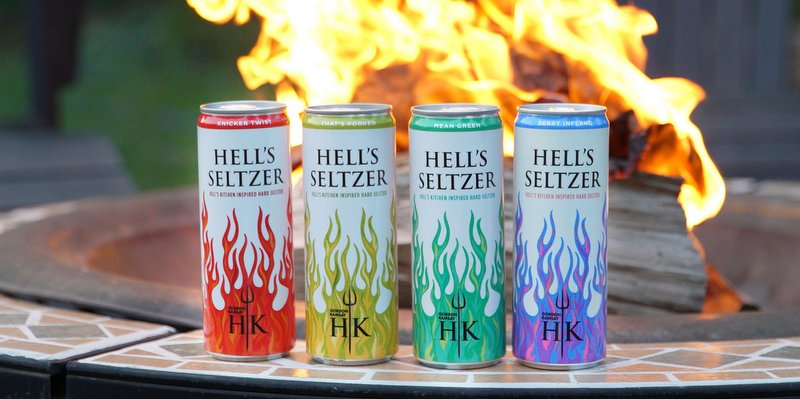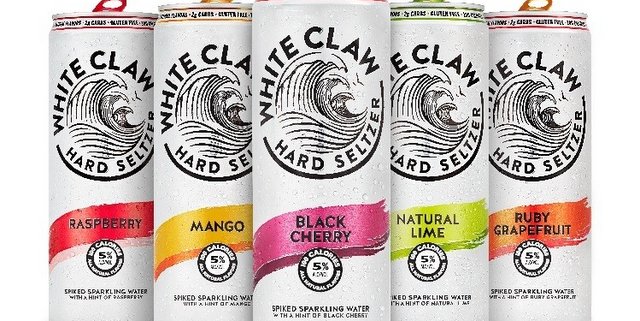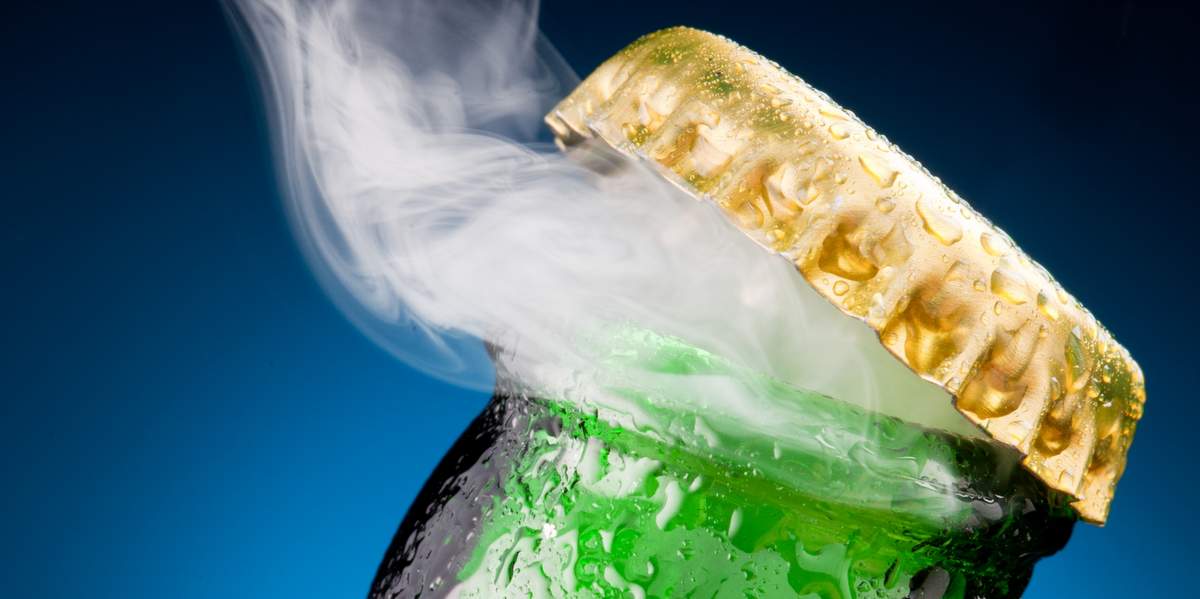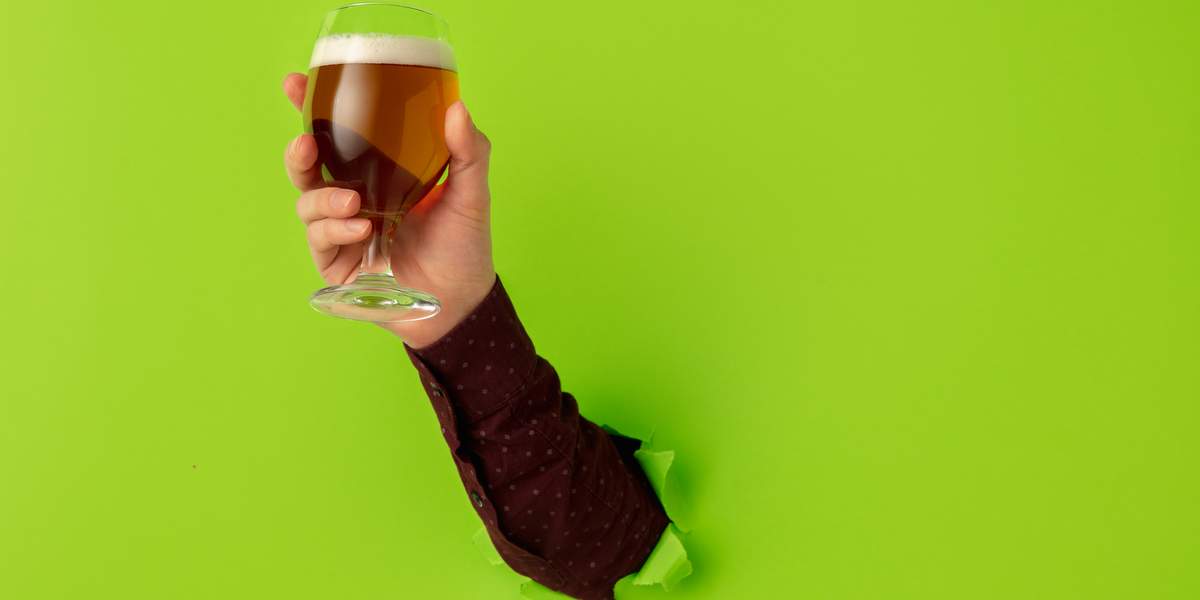
Over the last 40 years, IWSR has built up the world’s largest database on the beverage alcohol market. It claims to understand the market, category and brand performances of products in 157 countries across the world using local market input. Occasionally, IWSR releases market reports, and occasionally we run those market reports because we find them interesting and insightful. Here’s one right now!
Bartenders are not only an increasingly powerful influence on consumer choice and purchase, they’re also an important window into current and future drink trends. IWSR Drinks Market Analysis, the leading authority on data and intelligence on the global beverage alcohol market, has just released a comprehensive bartender study conducted across the United States that examines trends, most-mentioned brands and consumer preferences.
The IWSR US Bartender Strategic Study research includes in-depth and in-person qualitative bartender interviews, cocktail menu analysis, and on-premise consumption metrics across different categories of establishments (from craft bars to neighborhood restaurants), in 15 U.S. cities. While some learnings varied from market to market, the study also found several key national trends:
Demand for low-sugar and low-alcohol drinks
Consumers are increasingly interested in creating healthier lifestyles, and this is impacting their cocktail decisions. Across the US, the IWSR study found a rise in consumer interest for lower sugar or skinny cocktails, as well as lower alcohol (or zero alcohol) drinks, as people seek to manage their health and wellness. To meet the request for lower ABV options, bartenders have also started using sake, sherry and other lower ABV spirits as a cocktail base as well.
“The low sugar/low alcohol cocktail trend has certainly been gaining momentum but it’s not widespread, yet,” said Brandy Rand, chief operating officer of the Americas at IWSR Drinks Market
Analysis. “People want a high-quality, handcrafted low-alcohol or alcohol-free cocktail experience and are willing to pay for it, but on-premise operators need to move beyond soda and juice concoctions and develop a serious no- and low-alcohol cocktail menu with high-quality fresh ingredients. It’s also up to brand owners to develop products and provide education to the trade on how to do this well.”
Hard seltzers, canned cocktails and other “bubbly” drinks
Consumers are increasingly turning to fizzy drinks such as hard seltzers, spritzes and spirit and soda cocktails in bars and restaurants. White Claw has essentially created a new category of canned refreshment that is now crossing over to the on-premise environment. IWSR forecasts that by 2023, the hard seltzer category will more than triple, to reach over 281m cases.
Mezcal and spicy cocktails
U.S. consumers drink more tequila than any other nation in the world, and this has undoubtedly helped fuel interest in mezcal (IWSR forecasts that mezcal volume in the US will almost double by 2023). Mezcal is being heralded by bartenders for its smooth yet smoky flavor and overall versatility. This also dovetails with another consumer trend that bartenders are witnessing across the country — cocktail flavor preferences are skewing towards spicy, smoky, bitter, and even herbal flavors. Fresh ingredients such as ginger, jalapeno, habanero peppers and pepper infusions are increasingly being used to add texture and flavor to cocktails.
Most-mentioned brands
Consumer preference for brands is regionally varied, but bartenders across the U.S. report that the products most often called include:
- Whiskey: Maker’s Mark, Jameson, Bulleit, Woodford Reserve, Buffalo Trace
- Vodka: Tito’s, Ketel One, Grey Goose, Absolut
- Tequila: Casamigos, Don Julio, Patrón, Espolon
- Gin: Bombay Sapphire, Bluecoat, Plymouth, Tanqueray, Hendrick’s
- Other: Aperol, Campari, White Claw
“One of our goals in creating this report was to study what motivates bartenders and to better understand how they influence category and cocktail trends. We were also interested in what consumers are asking for at the bar, and examine how that varies regionally,” said Rand. “What we found were interesting and valuable trends that bars, restaurants, and brand owners can use to help them develop relevant programs and products that will appeal to constantly evolving consumer tastes and preferences.”





Leave a Reply
You must be logged in to post a comment.